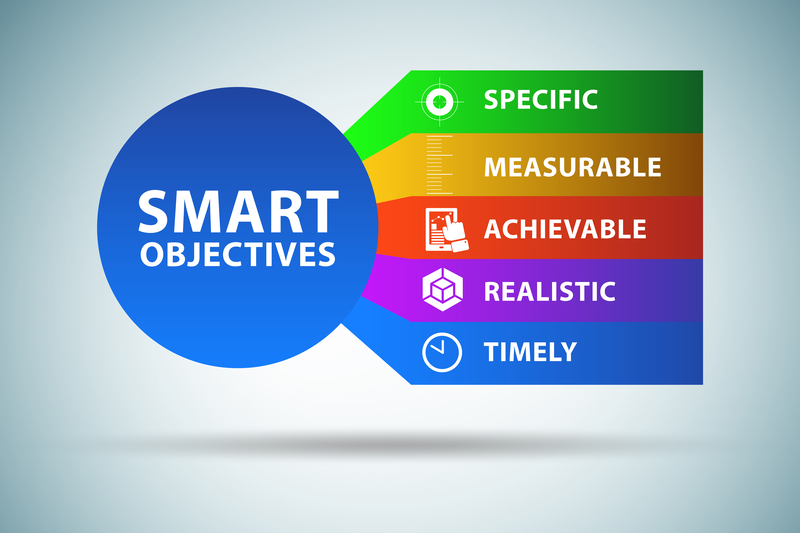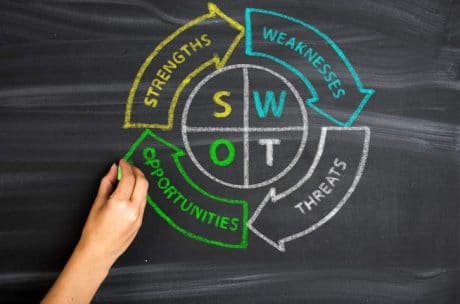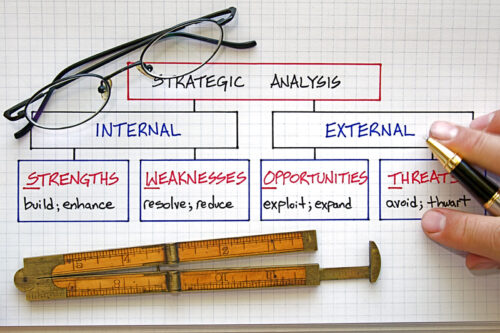
The Bureau of Industry and Security (BIS) addressed human rights abuses with additions to the Entity List of individuals and organizations that are enabling or engaging in human rights violations. The eleven entities added, in March of 2023, are based in China, Burma, Russia, and Nicaragua. These actions demonstrate the ongoing efforts by the Department of Commerce to use export controls laws and trade sanctions to support the foreign policy objectives of the United States.
These actions by the Commerce Department restrict the export of technology, commodities, and software to parties on the Entity List (Supplement No. 4 to Part 744 of the Export Administration Regulations (EAR)). Export license applications for export, reexport, transfer, or re-transfer to these parties have a license review policy of “presumption of denial”.
Parties Added to Entity List
Five of the entities now listed are associated with continued violations of human rights against the Uyghur people of China. These abuses include arbitrary detention, and severe repression. Entities based in Burma and Russia were placed on the list for providing military equipment used to attack and kill civilians within Burma. Additionally, the Nicaraguan National Police (NNP) have been added for abuses against citizens of that country.
Specially Controlled Technologies
Aside from controlling items that have a direct military application, the U.S. government is seeking to control the export of technologies that have a high potential for misuse. These technologies include Artificial Intelligence used for the control of mass surveillance and technologies used for mass censorship. The restrictions on spyware are also being endorsed by U.S. partners including the United Kingdom, Australia, Canada, France, New Zealand, Norway, Switzerland, Sweden, and Costa Rica.
Export Controls and Human Rights Initiative
The U.S. government in conjunction with international partners, have created the Export Controls and Human Rights Initiative. This action, supported by twenty-six nations, establishes a Code of Conduct to support democracy. The agreement seeks to control the export of commodities, technologies, and software that could be used for human rights abuses.
This multi-lateral effort was initiated at the first Summit for Democracy in 2021 where representatives of the international community discussed challenges to democracy in today’s world. The group has continued to meet annually to further their goals.
The Need for Denied Party Screening
As export regulations continue to grow in complexity, Denied Party Screening becomes a greater responsibility for businesses involved in export. Many businesses have been reluctant to engage in this important compliance practice, placing themselves in growing risk of being in violation of export regulations.
In recent years the BIS and the Department of the Treasury Office of Foreign Assets Control have ramped up their enforcement activities. This has resulted in numerous actions against companies of all sizes, resulting in civil fines, criminal fines, imprisonment, and disbarment of organizations from export activities.
Screening should be an integral part of an export compliance management program. There are a number of resources available for organizations to perform screenings. The Consolidated Screening List is maintained by the U.S. Government and is updated daily to include changes from the Department of Commerce, the Department of State, and the Treasury Department. Additionally, commercial screening products are available that can automatically screen parties on databases at regular intervals.
CVG Strategy Export Compliance Expertise
If you are part of a large corporation or a small company with a part-time compliance person, CVG Strategy has the export compliance and training programs to help you meet ITAR and EAR export controls. As the BIS place controls on a growing number of technologies it becomes increasing difficult for smaller businesses to stay abreast of regulatory developments. Because of this, we offer outsourced Export Compliance Officer services. We also offer signs and accessories to aid in Visitor Access Control on our ITAR Store.
CVG Strategy, LLC is recognized the world over as the premier provider of customized Export Consulting, Export Compliance Programs and Training that addresses critical U.S. Government regulations, from Export Administration Regulations (EAR), to the International Traffic in Arms Regulations (ITAR) and Office of Foreign Asset Controls (OFAC) and other regulatory agencies and more.
























